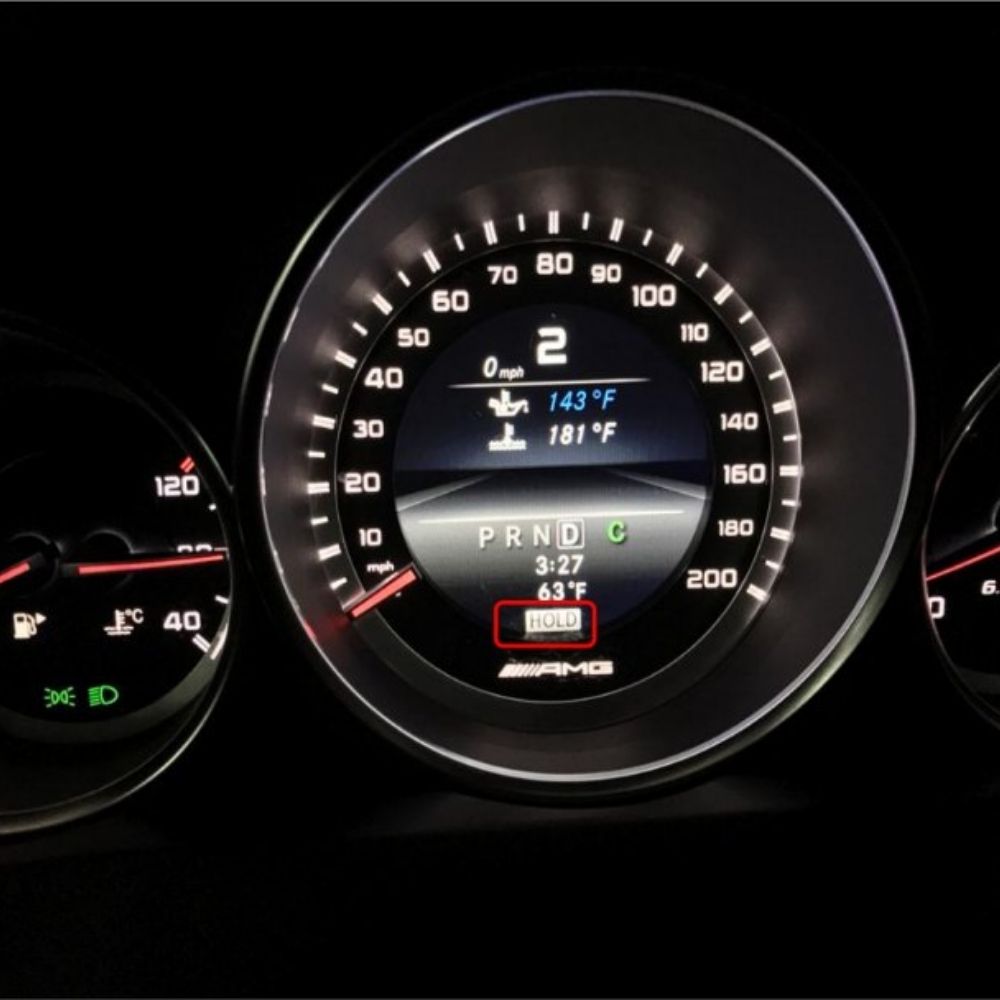
P2602 Mercedes fault code indicates a low voltage in the control circuit of the coolant pump A. AutoExplain.com provides expert diagnostics, remote programming, and software installation to resolve your automotive issues efficiently, offering solutions to help you get back on the road quickly. Understand the causes, symptoms, and repair procedures for this diagnostic trouble code and discover how our specialized services can assist you in resolving these issues swiftly and accurately.
Table of Contents
ToggleThe P2602 fault code in Mercedes-Benz vehicles refers to “Coolant Pump A Control Circuit Low.” This indicates that the engine control unit (ECU) has detected a lower than expected voltage in the control circuit for the primary coolant pump. The coolant pump is essential for maintaining the engine’s operating temperature by circulating coolant throughout the engine block, radiator, and heater core. When the control circuit experiences low voltage, it can lead to inefficient cooling, potentially causing the engine to overheat.
In modern vehicles, especially those with complex cooling systems, there may be multiple coolant pumps. “Coolant Pump A” typically refers to the primary or main coolant pump responsible for the general cooling of the engine. Some vehicles may have auxiliary coolant pumps to support specific functions like cooling the turbocharger or the vehicle’s electronics.
The coolant pump is typically driven by an electric motor that receives a signal from the ECU. This signal regulates the pump’s speed based on the engine’s temperature and load. The pump circulates coolant, which absorbs heat from the engine and dissipates it through the radiator. This process is crucial for preventing the engine from overheating and ensuring optimal performance.
The ECU monitors various sensors, including the coolant temperature sensor, to determine the necessary cooling requirements. Based on this data, the ECU adjusts the voltage to the coolant pump’s control circuit, regulating its speed. If the ECU detects a discrepancy in the voltage, such as a lower than expected reading, it will trigger the P2602 fault code.
When the P2602 fault code is triggered in a Mercedes-Benz vehicle, several symptoms may arise, affecting the vehicle’s performance and drivability. Recognizing these symptoms is crucial for timely diagnosis and repair.
One of the most significant symptoms of the P2602 code is an overheating engine. Insufficient coolant circulation due to the coolant pump malfunction can lead to a rapid increase in engine temperature, potentially causing severe damage.
The check engine light is often the first indicator of a problem. When the ECU detects an issue with the coolant pump control circuit, it illuminates the check engine light on the dashboard.
An overheating engine can cause a noticeable reduction in performance. The engine may feel sluggish, and acceleration may be impaired as the ECU attempts to protect the engine by limiting its power output.
A failing coolant pump may produce unusual noises, such as whining or grinding sounds, indicating mechanical failure or wear within the pump.
The temperature gauge on the dashboard may fluctuate erratically or display higher than normal readings, reflecting the engine’s inability to maintain a stable operating temperature.
In some cases, the ECU may activate limp mode, restricting the engine’s speed and power to prevent further damage. This mode limits the vehicle’s speed and functionality to encourage immediate repair.
Although not always directly related to the electrical fault, a failing coolant pump may also exhibit coolant leaks from the pump housing or seals, exacerbating the cooling issue.
Several factors can trigger the P2602 fault code in a Mercedes-Benz vehicle. Identifying these causes is essential for accurate diagnosis and effective repair.
The most common cause of the P2602 code is a malfunctioning coolant pump. Over time, the pump’s motor may wear out or fail, leading to reduced performance or complete failure.
Damage to the wiring harness connecting the coolant pump to the ECU can cause a low voltage condition. This includes frayed, corroded, or broken wires that disrupt the electrical signal.
Corrosion or looseness in the electrical connectors can impede the flow of electricity, resulting in a low voltage reading. This is especially common in areas exposed to moisture and road salt.
A faulty relay in the coolant pump circuit can prevent the pump from receiving the correct voltage. Relays can fail due to age, overheating, or electrical surges.
Although less common, a defective ECU can also trigger the P2602 code. Internal faults within the ECU can result in incorrect voltage signals to the coolant pump.
A blown fuse in the coolant pump circuit can interrupt the power supply, leading to a low voltage condition. Fuses can blow due to electrical surges or shorts in the circuit.
Poor grounding can cause erratic voltage readings and trigger the P2602 code. A loose or corroded ground connection can disrupt the circuit’s integrity.
Diagnosing the P2602 fault code requires a systematic approach to identify the root cause of the issue. Here are the steps technicians typically follow to diagnose this code:
Begin with a visual inspection of the coolant pump, wiring harness, and connectors. Look for signs of damage, corrosion, or loose connections.
Consult Mercedes-Benz TSBs for known issues related to the P2602 code. TSBs may provide specific diagnostic steps or repair procedures for certain models.
Use an OBD-II scanner to retrieve all stored DTCs. Note all codes present, as other related codes may provide additional insight into the problem.
Disconnect the coolant pump and use a multimeter to test its resistance. Compare the reading to the manufacturer’s specifications. An open or shorted circuit indicates a faulty pump.
Inspect the wiring harness and connectors for continuity and voltage. Use a multimeter to check for voltage at the coolant pump connector when the engine is running. Ensure the wiring is intact and the connectors are securely connected.
Test the coolant pump relay to ensure it is functioning correctly. Use a multimeter to check for continuity and proper operation when the relay is energized.
If the coolant pump, wiring, connectors, and relay test okay, the ECU may be the source of the problem. Use a diagnostic tool to monitor the ECU’s output signal to the coolant pump.
Conduct a load test on the coolant pump circuit to verify its ability to handle the electrical load. This can help identify issues that may not be apparent during static testing.
Inspect and clean all ground connections associated with the coolant pump circuit. Poor grounding can cause voltage drops and trigger the P2602 code.
After performing repairs, clear the DTCs and retest the system to ensure the P2602 code does not return.
Once the cause of the P2602 fault code has been identified, the appropriate repair procedures can be implemented. Here are the common repair steps for this code:
If the coolant pump is found to be faulty, replace it with a new, OEM-quality pump. Ensure the new pump is properly installed and connected.
Repair any damaged wiring in the coolant pump circuit. This may involve splicing, replacing sections of wire, or repairing connectors.
Clean corroded connectors with electrical contact cleaner. If the connectors are severely damaged, replace them with new ones.
If the coolant pump relay is defective, replace it with a new relay that meets the manufacturer’s specifications.
If the ECU is the source of the problem, it may need to be reprogrammed or replaced. This should be performed by a qualified technician with the necessary diagnostic equipment. AutoExplain.com offers ECU programming services to address such issues.
Replace any blown fuses in the coolant pump circuit with fuses of the correct amperage rating.
Clean and tighten any loose or corroded ground connections. Add additional ground wires if necessary to improve the circuit’s grounding.
After completing the repairs, clear the DTCs and retest the system to ensure the P2602 code does not return. Monitor the engine temperature to ensure the cooling system is functioning correctly.
AutoExplain.com offers specialized services to assist with diagnosing and resolving the P2602 fault code in Mercedes-Benz vehicles. Our expertise in remote diagnostics, programming, and software installation ensures efficient and accurate solutions.
Our remote diagnostic services allow technicians to connect to your vehicle remotely, read diagnostic trouble codes, and analyze system data in real-time. This eliminates the need for physical visits and speeds up the diagnostic process.
We provide ECU programming services to update or reprogram your vehicle’s ECU. This can address issues related to incorrect voltage signals or software glitches that trigger the P2602 code.
AutoExplain.com offers software installation services to ensure your vehicle’s systems are running the latest software versions. Updated software can improve performance, efficiency, and reliability.
Our team of experienced automotive technicians is available to provide expert support and guidance throughout the diagnostic and repair process. We offer solutions tailored to your specific vehicle and issue.
We provide convenient support through WhatsApp +1(936)2896695 and email ([email protected]), allowing you to reach us quickly and easily with any questions or concerns.
Preventive maintenance can help reduce the likelihood of encountering the P2602 fault code. Here are some tips to keep your Mercedes-Benz cooling system in optimal condition:
Perform regular coolant flushes to remove contaminants and prevent corrosion. Follow the manufacturer’s recommended intervals for coolant replacement.
Regularly inspect coolant hoses and belts for signs of wear, cracks, or leaks. Replace them as needed to prevent cooling system failures.
Monitor coolant levels regularly and add coolant as needed to maintain the correct level. Low coolant levels can lead to overheating and trigger the P2602 code.
Periodically inspect the wiring and connectors associated with the coolant pump circuit. Clean and tighten any loose connections or corroded terminals.
Pay attention to the engine temperature gauge and address any signs of overheating promptly. This can help prevent damage to the engine and cooling system components.
Schedule regular professional inspections to identify potential issues before they escalate. A qualified technician can assess the condition of your cooling system and recommend necessary maintenance or repairs.
Here are a couple of case studies that illustrate how the P2602 fault code can be diagnosed and resolved:
Vehicle: 2016 Mercedes-Benz C300
Complaint: Check engine light illuminated, engine overheating.
Diagnosis:
Resolution:
Vehicle: 2018 Mercedes-Benz E350
Complaint: Check engine light on, reduced engine performance.
Diagnosis:
Resolution:
Mercedes-Benz vehicles often utilize advanced cooling systems to maintain optimal engine temperature and performance. Understanding these systems can help technicians diagnose and resolve issues like the P2602 fault code more effectively.
Many modern Mercedes-Benz vehicles use electric coolant pumps, which offer precise control over coolant flow. These pumps are regulated by the ECU, allowing for variable speed operation based on engine temperature and load.
Some models also feature auxiliary coolant pumps to support specific cooling needs, such as cooling the turbocharger or the vehicle’s electronics. These pumps operate independently and are controlled by the ECU.
Thermostats regulate the flow of coolant to the radiator, maintaining the engine’s operating temperature. A faulty thermostat can cause overheating or prevent the engine from reaching its optimal temperature.
The radiator dissipates heat from the coolant, while cooling fans provide additional airflow to enhance cooling efficiency. The fans are controlled by the ECU and operate based on engine temperature.
Coolant temperature sensors provide the ECU with real-time data on engine temperature. This information is used to adjust the coolant pump speed and cooling fan operation.
If you are experiencing the P2602 fault code in your Mercedes-Benz vehicle, AutoExplain.com is here to help. Contact us today for expert diagnostics, programming, and software installation services.
Don’t let the P2602 fault code keep you off the road. Contact AutoExplain.com today for expert assistance. Reach out via WhatsApp at +1(936)2896695 or email us at [email protected]. Let us help you get your Mercedes-Benz back in top condition.
Here are some frequently asked questions about the P2602 fault code in Mercedes-Benz vehicles:
The P2602 code indicates “Coolant Pump A Control Circuit Low,” meaning the ECU has detected a lower than expected voltage in the control circuit for the primary coolant pump.
Common symptoms include overheating engine, illuminated check engine light, reduced engine performance, unusual engine noises, and erratic temperature gauge readings.
Potential causes include a faulty coolant pump, electrical wiring issues, corroded or loose connectors, defective relays, ECU issues, blown fuses, and grounding problems.
Diagnosis involves a visual inspection, scanning for DTCs, testing the coolant pump, checking wiring and connectors, verifying relay function, evaluating ECU output, and performing a load test.
Repair procedures include replacing the coolant pump, repairing wiring issues, cleaning or replacing connectors, replacing the relay, addressing ECU issues, replacing blown fuses, and improving grounding.
Yes, AutoExplain.com offers remote diagnostics, ECU programming, software installation, and expert support to assist with diagnosing and resolving the P2602 fault code.
Prevention tips include regular coolant flushes, inspecting hoses and belts, checking coolant levels, inspecting wiring and connectors, monitoring engine temperature, and scheduling professional inspections.
Driving with the P2602 code is not recommended, as it can lead to engine overheating and potential damage. It’s best to address the issue as soon as possible.
The cost of repair depends on the cause of the code and the necessary repairs. Replacing the coolant pump can range from $300 to $800, while wiring repairs may cost between $100 and $300. Contact AutoExplain.com for a more accurate estimate.
While a faulty thermostat can cause overheating, it is not a direct cause of the P2602 code. The P2602 code specifically relates to the coolant pump control circuit.
The P2602 Mercedes fault code can lead to significant engine issues if not addressed promptly. Understanding the symptoms, causes, and diagnostic steps is crucial for effective repair. AutoExplain.com offers expert services and support to help you resolve this issue efficiently. Contact us today for reliable and accurate solutions to keep your Mercedes-Benz running smoothly. Don’t hesitate to reach out via WhatsApp at +1(936)2896695 or email us at [email protected] for immediate assistance.
internal link P261A
internal link P261B
internal link P261C
internal link P261D.


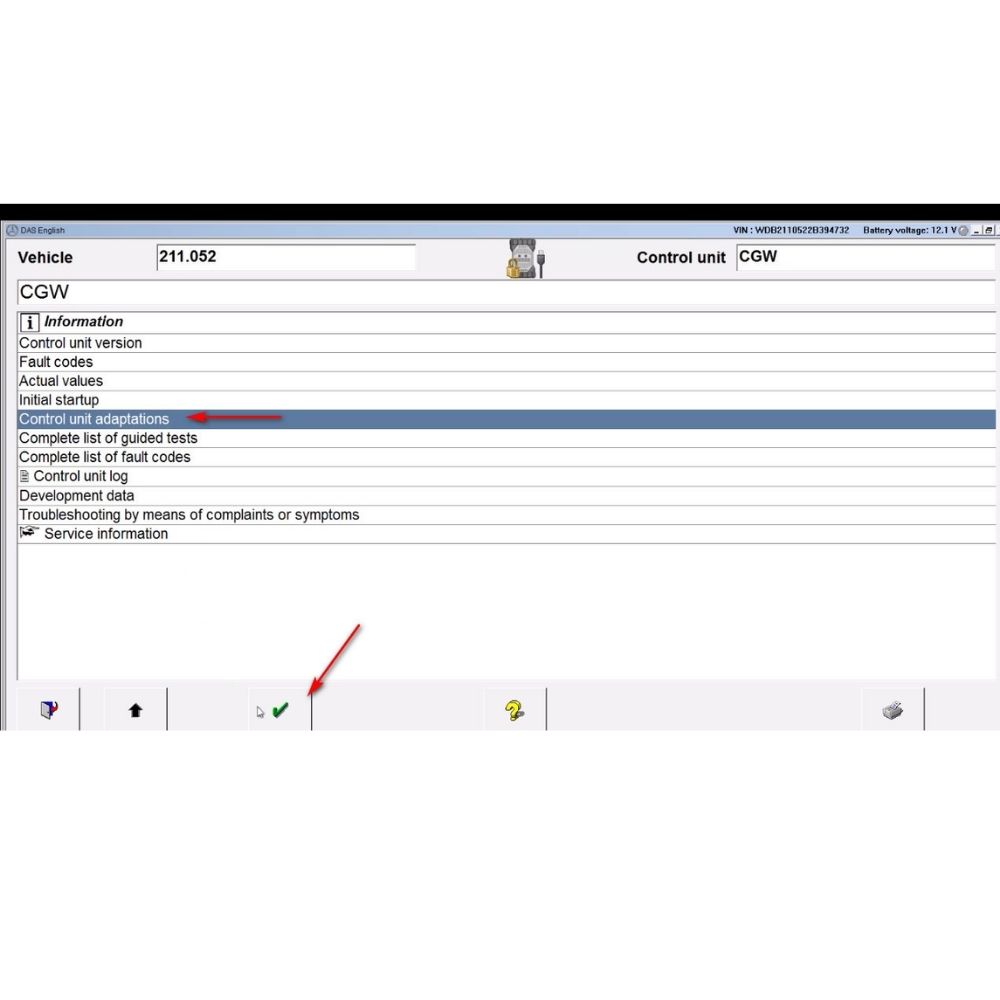
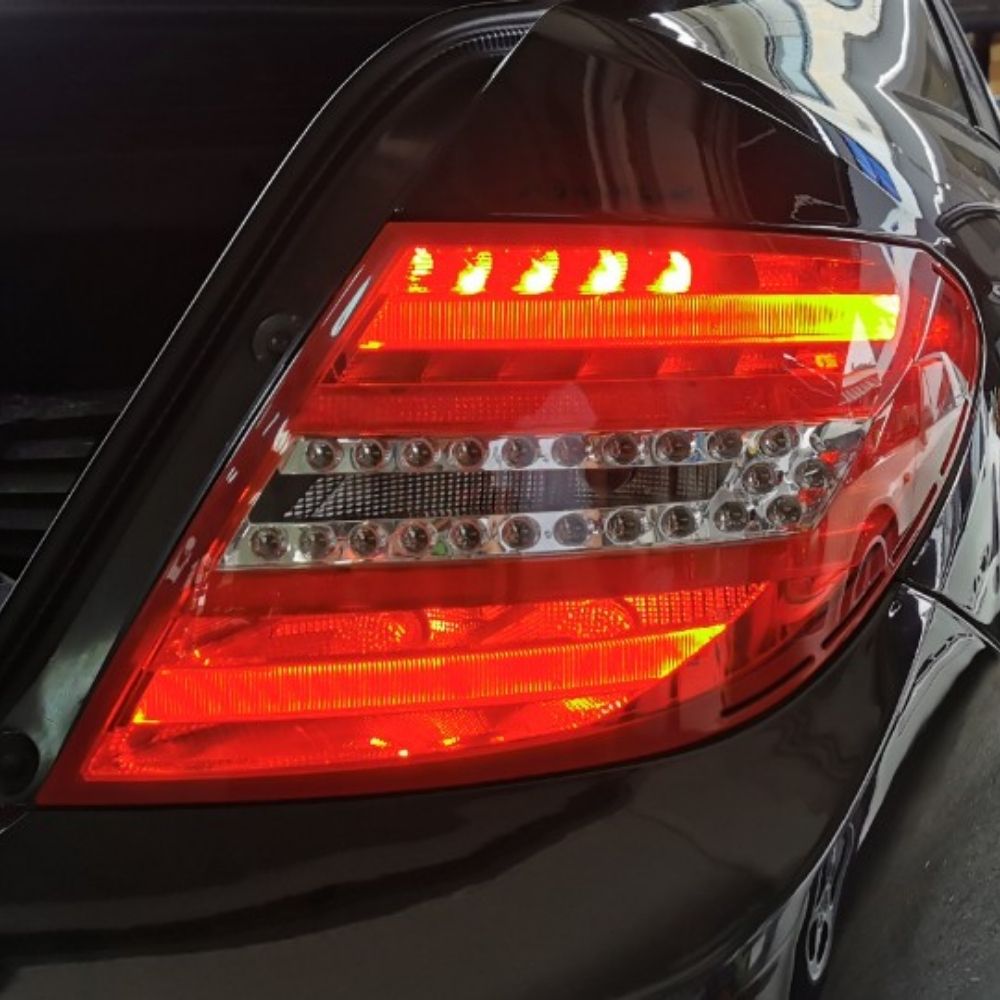

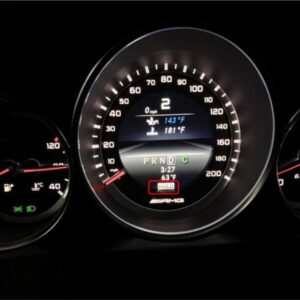
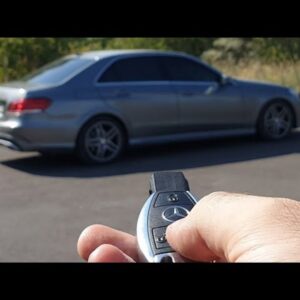
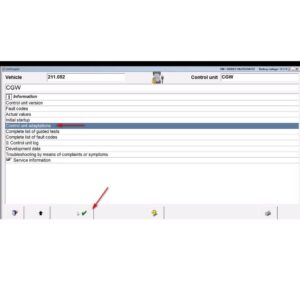
At AutoExplain, we provide automotive online repair service, auto repair tips, car repair manuals & document & training course to help mechanics of all experience levels—fix vehicles efficiently
AUTO EXPLAIN LLC
Employer Identification Number (EIN):
38-4349958
Whatsapp Us: +1(936)2896695
Gmail: [email protected]
Our Workshop: 1500 N Grant ST Sten Denver, Colorado, United States
Copyright 2025 © AutoExplain